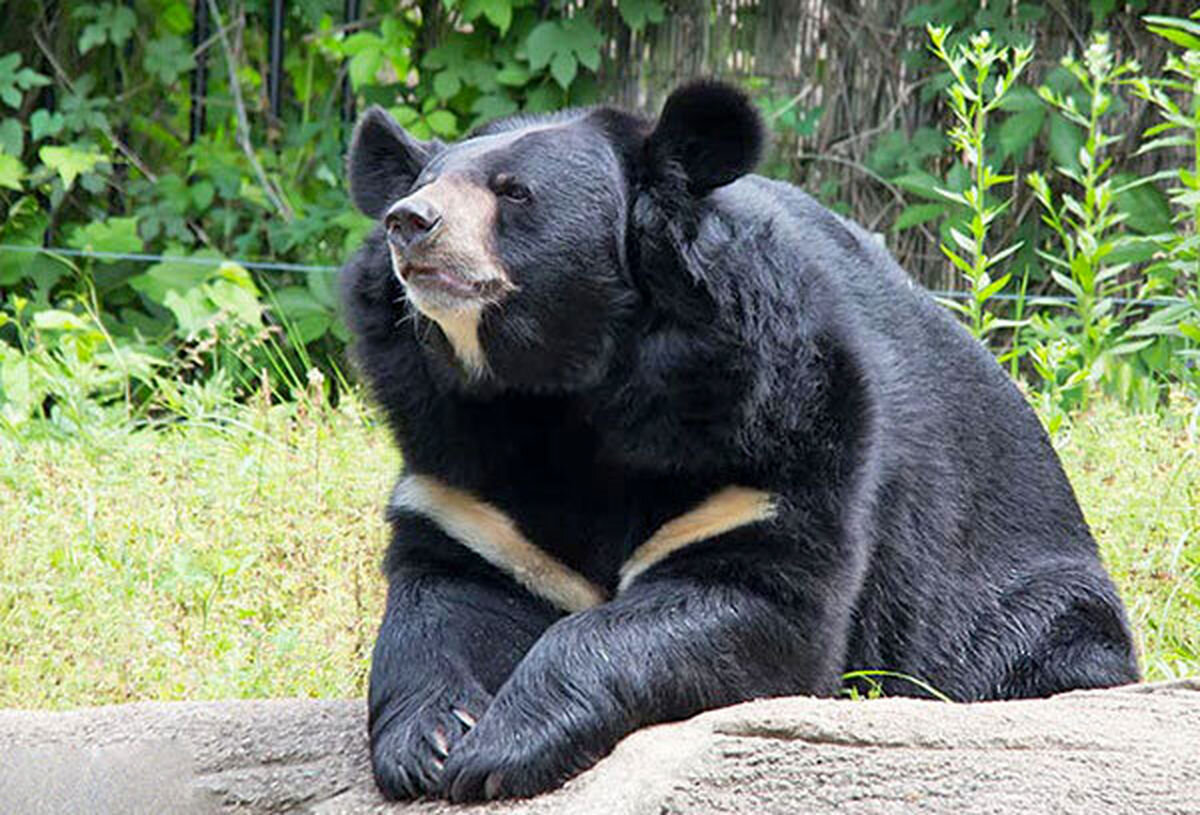Iran (IMNA) - Among this family, the Asiatic black bear is a relatively rare species that can be found in the provinces of Kerman, Hormozgan, and Sistan-Baluchestan, in wooded environments, particularly in hilly and mountainous locations.
As it lives in a warmer area than the majority of the other subspecies, which are situated in the much colder Himalayan Mountains, Baluchi black bear has a thin coat for an Asian black bear.
Although brown bears are widely scattered throughout Iran (in the Alborz and Zagros Mountain ranges), the limited populations that do exist are severely disintegrated because of human activity. This circumstance, together with the deadly fight between the species and people, raises serious concerns.
Although the brown bear is listed as "least concern" on the International Union for the Conservation of Nature (IUCN) Red List, the species' populations in Iran and West Asia (Middle East) are not.
The data that is currently out there and the sharp fall in the bear population in Iran do not support this ranking. Bears are crucial to the environment. An the top position of the food chain, this huge predator is regarded as a sort of umbrella species for the ecosystem, which has developed a complex web of interactions with both living and non-living elements of the environment.
As a result, removing the bear from its habitat disrupts the natural balance and may have a severe impact on the population of other species. Furthermore, because of its large size and behavioral habits, it requires a vast territory; hence, protecting this species involves protecting a diverse range of habitats, allowing all other ecosystems to be preserved at the same time.

The greatest threats to their existence include habitat degradation, food shortages, the skin trade, taxidermy, and confrontations with people, yet occasionally the males may kill the cubs to prepare the mother for regenerative activity.
More bears are killed every day as a result of fights between people and bears as well as seasonal variations in the behavior of the animal. The most significant causes of these battles include habitat degradation, improper livestock care, building gardens and beehives in the middle of pristine environments, improper waste disposal, and lack of effective waste disposal.
The provinces have documented roughly 80 occurrences of species mortality since 2016 that were caused by human actions, usually by direct gunshot.
It's possible that accepting animals living near humans harms both animals and people. Animals that have been domesticated are deprived of their natural environment, and they lose their ability to carry out their daily routines in accordance with their innate nature. Additionally, the existence of infections that are shared by people and animals puts humans in grave danger and may result in permanent damage.
Humans have encroached on the animal's environment; so, the greatest and most proper thing to do is to give options for interacting with the species.


Your Comment